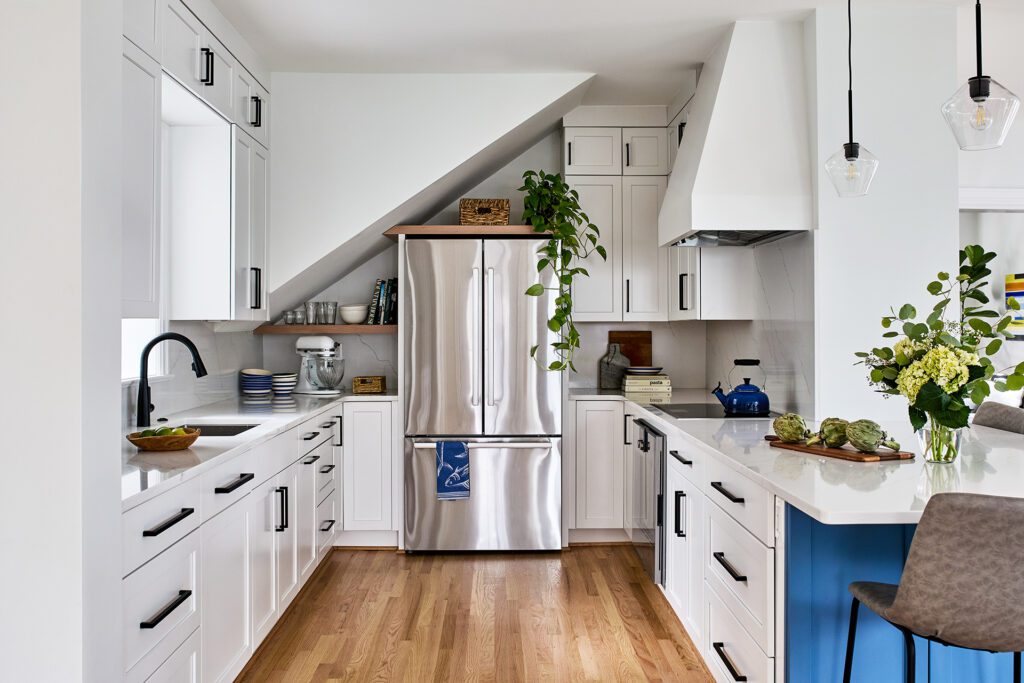If you’re planning a residential construction project, whether it’s renovating a kitchen, building a screened porch, or adding a second floor, you should consider a contingency budget as part of your financial plan.
While it’s tempting to focus on materials, design, and square footage, ignoring contingency planning can lead to financial stress and compromises during construction. Let’s break down what a contingency budget is, why it’s recommended and how much we recommend setting aside.
What Is a Contingency Budget?
A contingency budget is a reserved portion of money, outside of your contracted renovation cost, set aside for unexpected costs. These can arise due to:
- Unforeseen site conditions (like hidden water damage or outdated electrical work)
- Design changes or material upgrades during construction
- Deferred maintenance to other areas of your home
In essence, it’s your financial buffer that allows you to make the right decisions for your family and home during construction.
Why Contingency Funds Are Recommended
- Dealing with unforeseen site conditions
Even with the most detailed blueprints and the most seasoned contractor, renovations can still bring unexpected surprises. Older homes can conceal issues like mold, faulty wiring, or outdated plumbing that may not be visible during pre-contract inspections.
- Changes happen
It’s not unusual for homeowners to change their minds mid-project. You might decide to upgrade from LVP (Luxury Vinyl Plank) flooring to hardwood, or realize you want additional lighting throughout the main level. These changes require time and add cost, and a contingency budget gives you flexibility to make the right choices for your project.
- Deferred home maintenance
Maybe you’re starting a kitchen renovation but also have drafty upstairs windows or an HVAC system overdue for service. Tackling these issues while specialists are already on-site working is often the quickest and most cost-effective approach.
- Peace of mind
Knowing you have a financial safety net reduces stress. Instead of compromising on key details, or the perfect material to complete your new space, you can focus on making thoughtful decisions without overextending yourself financially.
How Much Should You Allocate?
We can all agree a contingency budget is a prudent decision for any residential construction project, but how much to set aside depends on several factors.
- The sophistication of your architect, contractor, or design build firm
If you’re working with an established design/build firm, with a good reputation and experience in your area, we’d recommend setting aside as little as 5% of your contracted project cost. Experienced firms will have a better understanding of potential unforeseen conditions, which can be accounted for and included in your planned scope of work.
- The due diligence planning and designing your renovation
Case Design’s process includes several months of meetings, revisions, and planning with a team of professionals. We perform pre-contract site walkthroughs and inspections, culminating in a detailed, fixed price contract and blueprint set. If you go through a similar design process, you can feel comfortable setting aside a smaller contingency budget, around 5% of the contracted project cost. If your design process isn’t quite this thorough or detailed, we’d recommend setting aside a larger contingency budget, closer to 15% of the contracted project cost.
- The age of your home
Case works exclusively in Washington DC, Maryland, and Northern Virginia, where many homes are 60, 80, or even 120 years old. It’s almost expected that houses of these ages will require additional work or upgrades, outside of your planned renovation. The older your home is, the more of a contingency budget you’ll want to account for, even if your home’s been renovated in the past.
As a general rule:
- Your construction contingency budget should range between 5% – 15% of the contracted project cost, based on the factors listed above.
Example:
If you’ve contracted a $200,000 home renovation, setting aside $10,000–$30,000 as your contingency budget is highly recommended.
Final Thoughts
A construction contingency budget isn’t a luxury, it’s a safeguard. No matter how carefully you plan, unexpected costs can happen. Building in a contingency keeps the project moving without panic, arguments, or financial strain. It protects your timeline, your budget, and your peace of mind, turning surprises into manageable speed bumps and making the entire process far more enjoyable.
